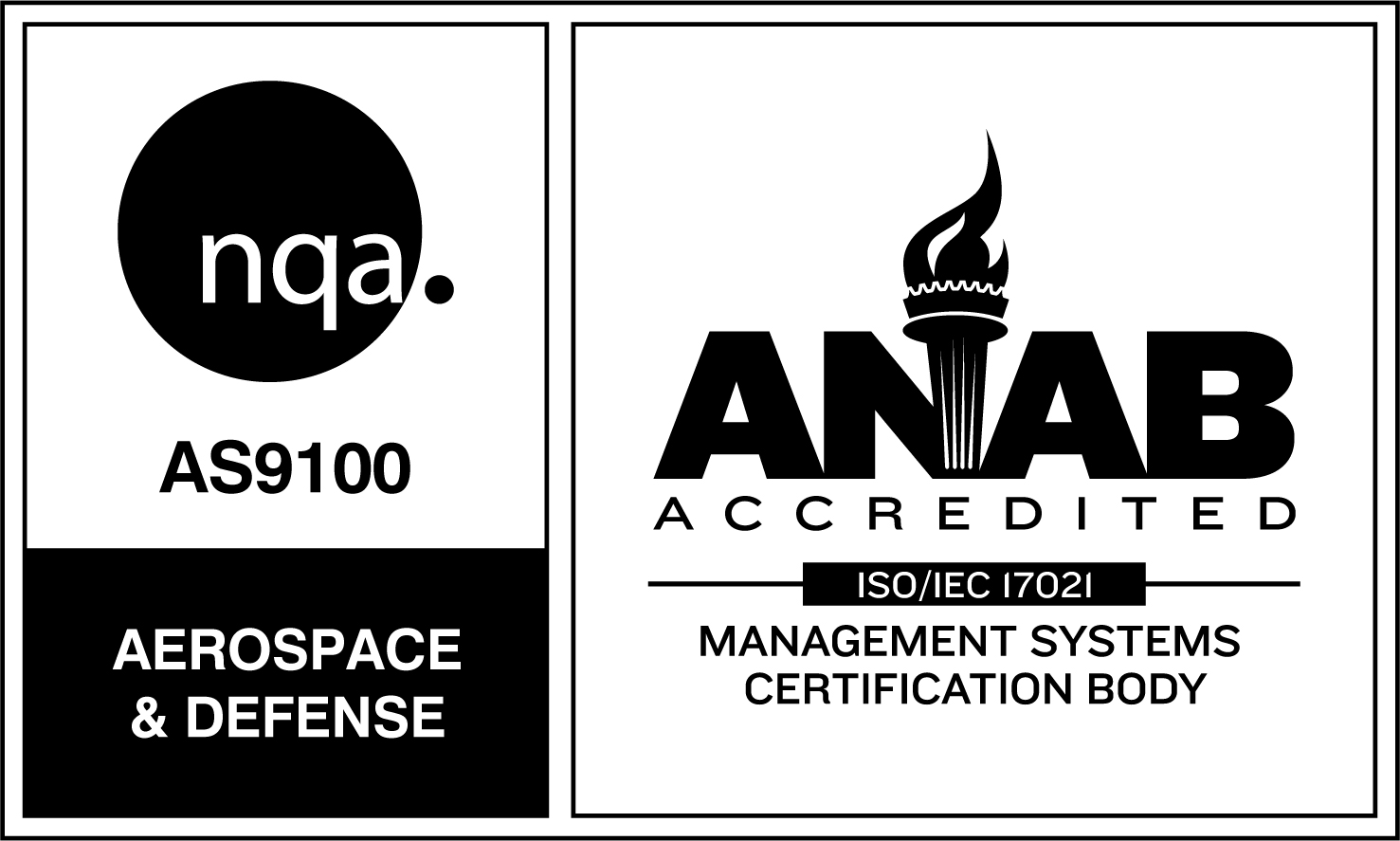Any brazing process begins while components are still on the drawing board. Strong joints can be produced using a variety of methods, but in each case the surfaces to be joined need to be designed to fit together with the other parent material in a joint.
From the standpoint of a brazing engineer, there’s more to a surface than meets the eye. One of the advantages of brazing is the ability to join two different materials together—including surprising combinations like ceramic and metal. Engineers must account for how the parent materials will interact with the braze alloy.
They also must precisely examine the shape of the two parts. A quality joint results from exceptionally narrow spaces between components, between 0.001 and 0.003 inch. When parts are joined their surfaces must be clean, square, and as parallel as possible. Several types of joint are common in brazing:
- Butt joints combine surfaces end-to-end, sometimes along relatively small surface areas.
- Scarfed joints are similar to butt joints, but the brazed surfaces are angled relative to the rest of the component, increasing the surface area available for the braze alloy’s capillary action.
- In lap joints, components are laid one atop the other, allowing engineers broad flexibility to select a joint surface area suited to the part’s specific purpose.
- As the name implies, a tee joint connects the butt end of one component to a flat surface of the other.
- A butt-lap joint brings together components with fitted L-shaped ends, with the braze alloy fed into the space between the interlocking L’s.
- Pierced joints occur where one component passes through the other at the point where the brazing is completed.
Each of these joint types can be designed into components that are flat or curved. Brazing a flat plane requires different approaches from those taken with components that are curved, like the tubes common in industries as diverse as aerospace and HVAC manufacturing. Whether flat or curved, the surfaces to be brazed may have similar design characteristics.
Thermal-Vac’s in-house engineering team works with customers to fine-tune their brazing joint designs before components reach our shop. In some cases, designs are adjusted to incorporate a new joint plan based on our engineers’ recommendations for achieving optimal results. The goal is always to produce a joint that will deliver reliable, consistent performance.
At Thermal-Vac we are committed to helping anyone interested in learning more about brazing to get the information they need to produce better results. We’d love to have a conversation with you about your brazing needs. Give us a call.


